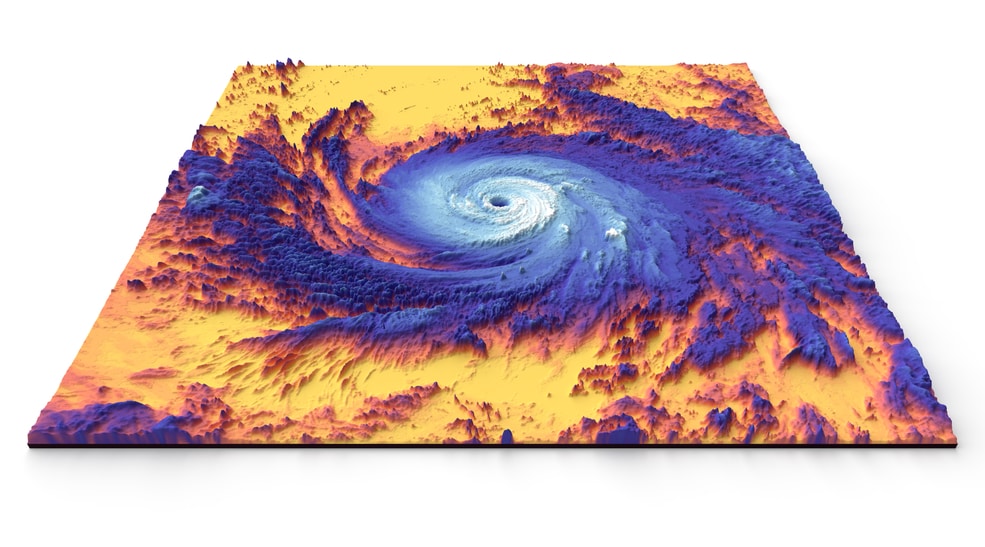APPLICATIONS
NASA, NOAA, FEMA help communities weather another year of tropical storms, hurricanes
The center of Hurricane Elsa has formed to the east of the Windward and the southern Leeward Islands and is expected to bring heavy rainfall to those areas over the weekend, according to an update today from the National Hurricane Center.
The storm is moving toward the west-northwest at almost 30 miles an hour, and its forecast track could bring it to the Florida Keys early next week.
June 1 marked the official start of the Atlantic hurricane season, which officially ends Nov. 30. After 2020 brought a record number of named storms in the Atlantic basin, NASA is prepared to help understand and monitor these storms from the unique vantage of space with experts available to provide insights on hurricanes and other extreme weather events. 
Using data from its 20-plus Earth-observing satellites, NASA plays a foundational role in the science of hurricanes. For operational forecasting, it has partnered with the National Oceanic and Atmospheric Administration (NOAA). NOAA is predicting another active season, with an above-average number of named storms. NASA is developing new technology and missions to study storm formation and impacts, including more ways to understand Earth as a system.
In 2020, a record-tying nine storms rapidly intensified. These quick changes in storm strength can leave communities in their path without time to properly prepare.
NASA builds and launches NOAA's satellites that provide the data feed into supercomputers that produce weather prediction models. Scientists from NASA and NOAA also collaborate to improve these models continuously. Researchers at NASA JPL have developed a machine learning model that could more accurately detect rapidly intensifying storms.
Climate change is increasing the heat in the ocean basins and making it more likely that storms will intensify faster and become stronger, a phenomenon NASA scientists continue to study.
"As climate change intensifies and makes natural hazards like hurricanes more damaging, NASA is more committed than ever to innovative Earth science research," said NASA Administrator Bill Nelson. "Our next-generation Earth System Observatory will build on NASA's existing capabilities to provide an unprecedented understanding of the Earth from bedrock to the atmosphere, so we are better prepared to protect our communities from hurricanes and other extreme weather events."
NASA's goal for disaster preparedness, response, mitigation, and recovery is bridging the gap between data and the people who need it. Before, during, and after a hurricane or tropical storm makes landfall, NASA satellites are in a prime position to identify impacts.
NASA works with local officials and first responders, federal agencies such as FEMA and the U.S. Army Corps of Engineers, and infrastructure experts to determine what information they need and to supply it in usable formats in real-time. Examples include information on infrastructure failures and disruptions, contaminated water supplies, and other hotspots for urgent response needs.
